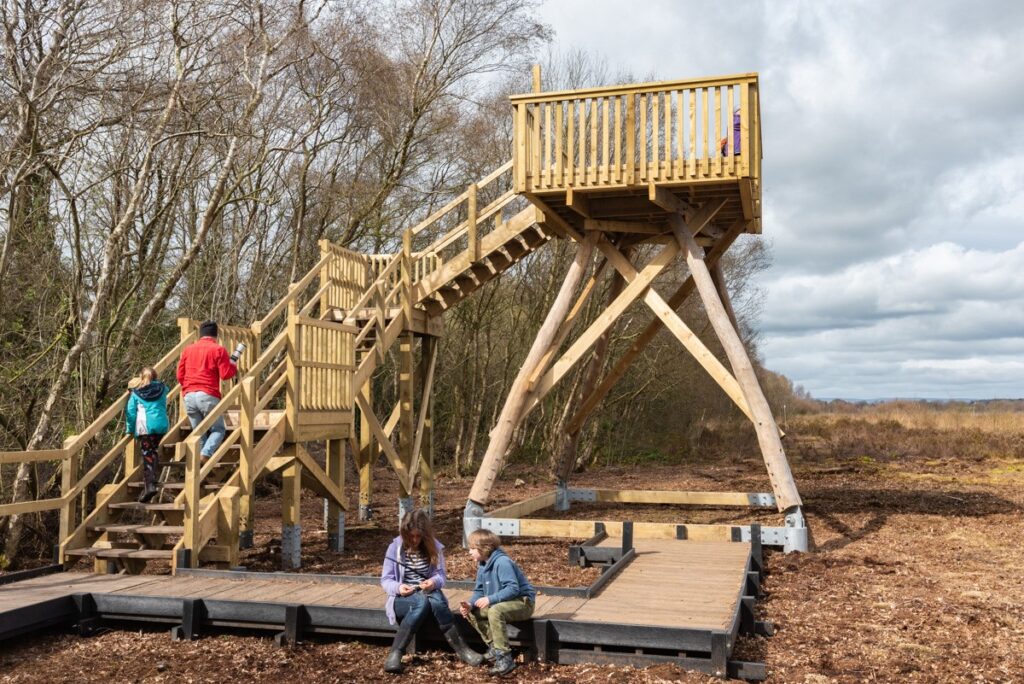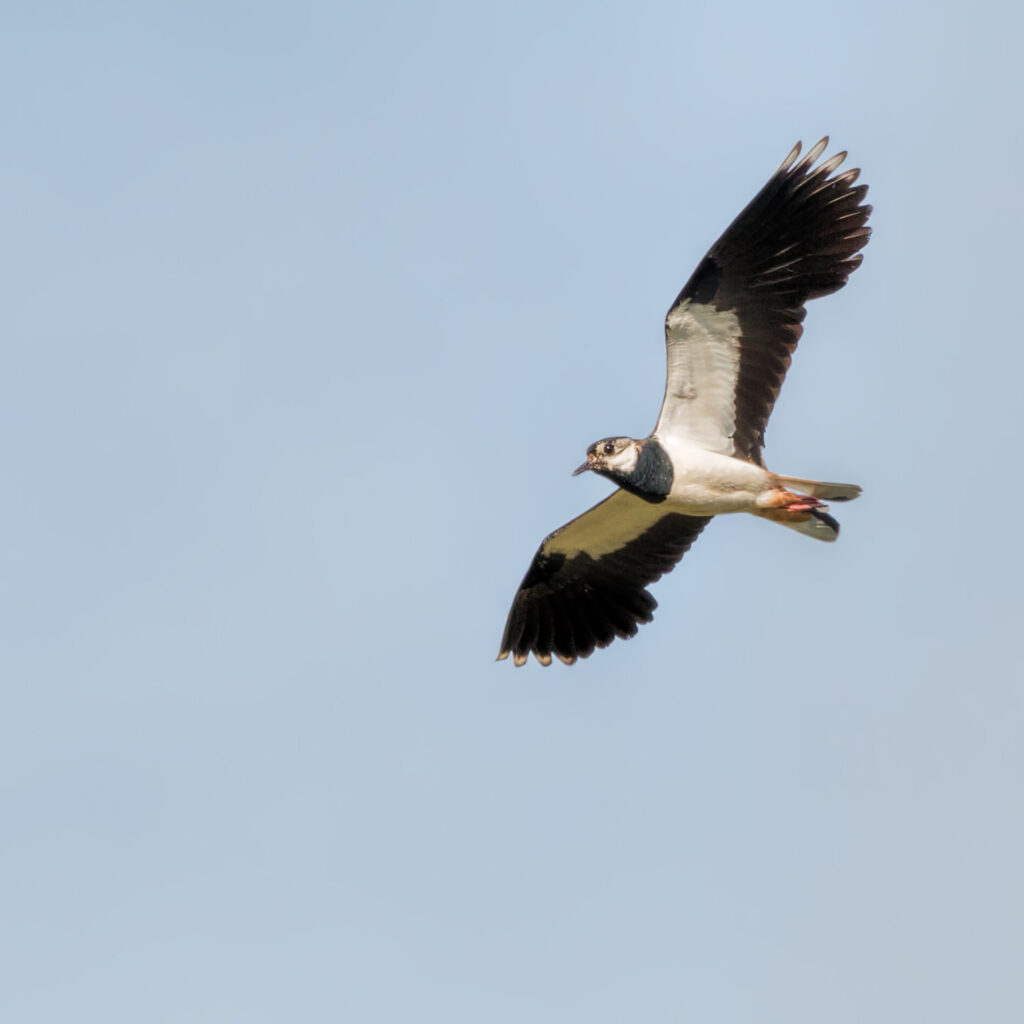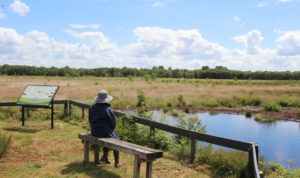On the way to Wembley, by way of the Marches Mosses
May 14, 2021
NOTE: This post contains links to external websites.
Main photo credit: Tim Walter
Recently we’ve written about the size of the Marches Mosses in relation to the football stadiums used for FA Cup matches – how all the pitches for all teams that started the FA Cup competition this year would fit into the Mosses twice over. And how the Mosses are so big it would take four hours to walk around the perimeter compared to the 15 minutes you’d need to walk around the outside of Wembley Stadium.
Well, it’s time for the FA Cup Final this Saturday, 15 May. Chelsea and Leicester City will vie for the trophy in front of 21,000 supporters. That made us think about how many of those fans would fit into the Mosses. Turns out it’s a lot more than 21,000, so…
The Mosses cover an area of about 1,000 hectares, or 2,500 acres. If all the 21,000 supporters stood on the Mosses, socially-distanced – 2 metres apart from each other in every direction – they would fill less than 10 hectares! Even we were surprised.
We took it further and wondered how much space a full capacity Wembley crowd would take up if all 90,000 of them got off their supporters’ coaches at the Mosses at the same time. Still socially distanced at 2 metres apart, they would only need 36 hectares, even with their flags and scarves and banners. That means it would take supporters from 27 sold-out Wembley football matches to fill the Mosses. No wonder it’s so big you can see it from space!
Whether you’re supporting Chelsea or Leicester City on Saturday, we wish you a great match. If you’re among the lucky 21,000 who get to attend the match in person, we hope you have a fantastic day out as lockdown restrictions ease.
If you’re looking for something else to do come the weekend – or any other day – and are looking for someplace a bit more tranquil than a cheering crowd at Wembley, we suggest you visit the Marches Mosses for a lovely, peaceful walk.
Take in the views from the Mammoth Viewing Tower to see for yourself the expanse of the Mosses. Then get up close and personal to look for Springtime flora and fauna – the Mosses are bursting with new growth plants and wildflowers; you can spot birds overhead and emerging butterflies in the trees along the old railway path. Please do keep your dog on a lead, though, as this is the time of year that ground-nesting birds are making their nests.

The Mosses Trail
Follow the trail from near Morris’ Bridge car park to join the Mosses Trail. We’ll be installing a number of viewfinder spots that will provide an excellent outlook over the Mosses along with information about the biodiversity, formation and restoration work on the Mosses. In the meantime, enjoy the peace and tranquility of the Mosses and watch for curlews, lapwings and other birds flying overhead. The Viewfinder Trail is part of the Mosses Trail; you can find it in the Fenn’s and Whixall Visitor leaflet here.

The History Trail
Learn about the history of the Mosses – the peat cutting, by hand and commercially, how the peatland was used in both World Wars, and even about the bodies in the bog.
The Natural England brochure that you can use to follow the History Trail is here.
Peat cutters’ pattens (overshoes to prevent sinking into the peat)
Bettisfield Moss Trail
This 2km (1 ½ miles) trail takes about an hour to walk. You’ll spot a variety of plants, many of which thrive only in the peatland conditions of the Mosses and you’ll likely see birds overhead and, if you look closely, butterflies, beetles and other invertebrates that live on Mosses.
You can find the details of the trail here: Bettisfield Moss Trail.









